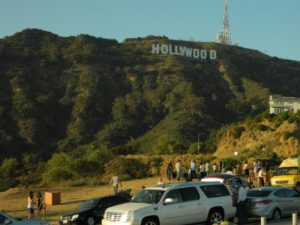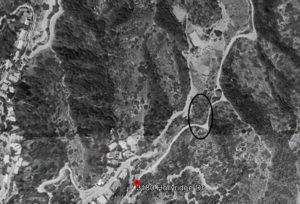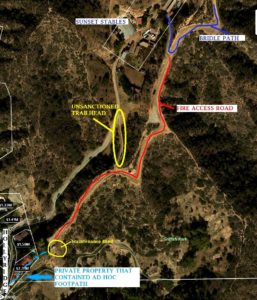Mallard ducks: It seems like they’re everywhere, and they’re familiar to most of us. but what do you know about them? Here are 15 fabulous facts about the Mallards!
1. MALES AND FEMALES LOOK VERY DIFFERENT.
Only the male mallards have the iridescent green head feathers, white “collar” on the neck and dark brown breast. The females are comparatively drab, with mottled brown and tan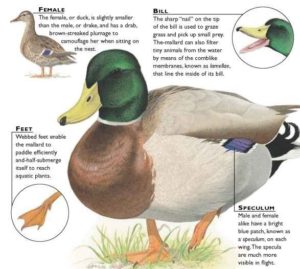 plumage all over. Both sexes, though, have a dark blue-black band of feathers, bordered by white, on their wings.
plumage all over. Both sexes, though, have a dark blue-black band of feathers, bordered by white, on their wings.
2. THEY DON’T SOUND ALIKE, EITHER.
Male mallards don’t sound much like what we think ducks sound like. They don’t quack, and instead produce deeper, raspier one- and two-note calls. They can also make rattling sounds by rubbing their bills against their flight feathers. The females make the stereotypical quack, and often produce what’s called a “decrescendo call”—a series of 2–10 quacks that start loud and get softer and shorter.
3. THEY’RE VERSATILE—AND EVERYWHERE.

Christof Stache/AFP/Getty Images
Mallards can live in nearly any wetland habitat, natural or artificial. They’ll make themselves at home in and around lakes, ponds, rivers, marshes, estuaries and coastlines, as well parks and backyards. That versatility (and a little help from humans, who likely introduced them in various locations) has allowed them to span across the globe, and they can be found across North America, Eurasia and New Zealand, and in parts of Central and South America, the Caribbean, Africa, the Arabian Peninsula, Japan and Australia.
4. THEY’RE THE ANCESTORS OF ALMOST ALL DOMESTIC DUCKS.
Only two species of wild duck—the mallard and the Muscovy Duck—have been domesticated by humans. The vast majority of domestic duck breeds descend from mallards and were developed by selectively breeding different domestic birds (and sometimes domestic and wild individuals) for desired traits like plumage, growth speed, and high egg production.
5. THEY’RE DABBLERS.
Mallards are “dabbling ducks,” a cute term that means they feed by floating on the water and tipping themselves forward, butts in the air, to graze on underwater plants or grab insects. They’re as cosmopolitan in their diet as they are in their habitat choices, and will eat plants, worms, snails, other insects and their larvae, and shrimp. On land, they’ll also eat agricultural grains and seeds, especially during migration. And, of course, they’re happy to take bread and other handouts from people in parks (though this isn’t always good for them). Their diet is generally two-thirds plant matter and one-third animal protein.
6. THEY’LL MATE WITH DUCKS FROM OTHER SPECIES.
The mallard’s wide range puts them in contact with plenty of other duck species, and they’ll readily mate with them, producing a number of hybrids like the Mallard X American Black Duck and the Mallard X Northern Pintail.
7. THEIR FAMILIES CAN BE A LITTLE COMPLICATED.
Mallards form pairs in the fall, court throughout the winter, and then breed in the spring. These pairs are generally monogamous, but “extra-pair copulations” can still happen because both paired and unpaired males sometimes mate with paired females whose partners aren’t keeping an eye on things, leading to broods with multiple fathers.
8. THEY FLY FAST AND HIGH.

Marco Bertorello/AFP/Getty Images
Migrating mallards have been clocked flying at 55 miles per hour, slightly faster than the average waterfowl. While they usually cruise at an altitude of less than 10,000 feet, they can get much higher. In 1962, a mallard was struck by a commercial airliner at 21,000 feet—a record altitude for a bird-aircraft collision at the time.
Marco Bertorello/AFP/Getty Images
9. THEY CAN LIVE A LONG TIME.
When a mallard was shot by a hunter in 2008, a band on its leg revealed that it had been tagged by biologists in 1981, making it at least 27 years old and the oldest known mallard on record. That bird was a lucky duck, though—the average lifespan is just 3–5 years in the wild and about a decade in captivity.
10. THEY’VE BEEN ON THE BOOKS FOR A WHILE.
The mallard was given its scientific description and species name, Anas platyrhynchos, back in 1758 by Carl Linnaeus, the “father of modern taxonomy.” He derived the name from the Latin word for “duck” and an ancient Greek term for “broad-billed.”
11. THERE ARE A LOT OF THEM.
Mallards are among the most abundant ducks in the world, and in the U.S. alone, the mallard population is estimated to be 11.6 million birds. That’s good, because they’re also one of the most heavily hunted ducks, and account for one out of every three ducks shot in North America.
12. YOU CAN FIND THEM IN A LUXURY HOTEL.

The Peabody Memphis
In 1933, the general manager of The Peabody Hotel in Memphis, Tennessee came back from a hunting trip and thought it would be funny to place some of his live decoy ducks in the hotel’s fountain. The stunt was a hit with the guests, and since then, “The Peabody Ducks”—a group of one male and four female mallards, borrowed from a local farm and retired after three months to live wild again—have lived in the “Royal Duck Palace” on the hotel’s rooftop and are brought down daily for a swim in the lobby. The hotel Duckmaster looks after them during their stay.
13. ONE MALLARD IS FAMOUS FOR AN UNFORTUNATE POSTHUMOUS EVENT.
In 1995, Kees Moeliker, a curator at Rotterdam’s Natuurhistorisch Museum, documented the first case of homosexual necrophilia in mallards after he found one male mallard attempting to mate with another that had died after flying into a museum window. As Moeliker wrote in a paperabout the incident—which won an Ig Nobel Prize in 2003—the mallard “mounted the corpse and started to copulate, with great force, almost continuously picking the side of the head” for nearly an hour and a half before Moeliker intervened.
14. THAT SAME DUCK IS CELEBRATED WITH AN ODD HOLIDAY.
The dead mallard that Moeliker discovered has been commemorated every year since with a holiday called, obviously, Dead Duck Day. On June 5, the anniversary of the duck’s death, Moeliker holds a brief ceremony outside the building that the duck struck (usually holding the unlucky duck, which the Natuurhistorisch Museum had stuffed), talks about animal behavior, and discusses ways to prevent bird-window collisions. The museum also has a “splat”-shaped memorial plaque designating the spot where the duck hit the glass.
15. THEIR BEAKS ARE ORANGE TO MAKE THEM LOOK GOOD.
Evolutionary biologists think that mallards and other ducks have yellow or orange bills and legs to show off for the opposite sex. The bright colors suggest that a duck has been eating right and has a strong immune system, making them attractive mates.


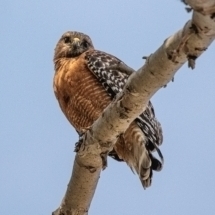
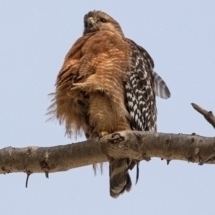
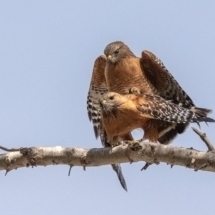
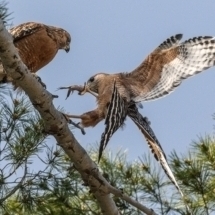
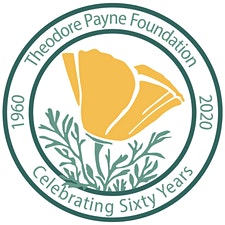 October 2022 Classes at the Theodore Payne Foundation.
October 2022 Classes at the Theodore Payne Foundation.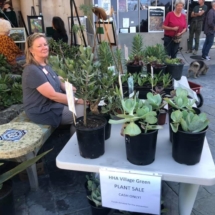
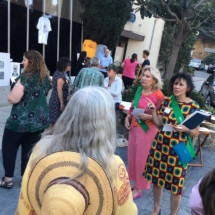
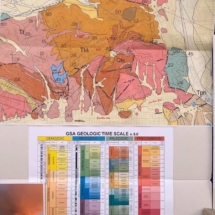
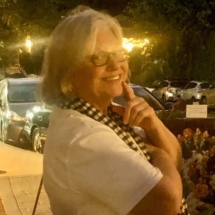
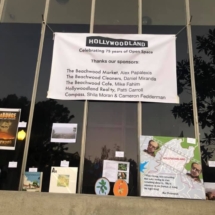
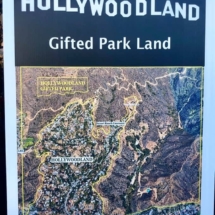
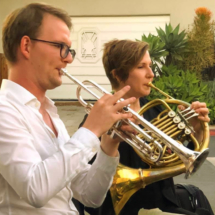
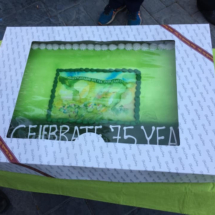
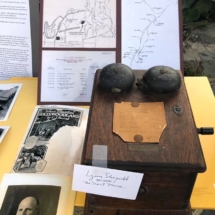
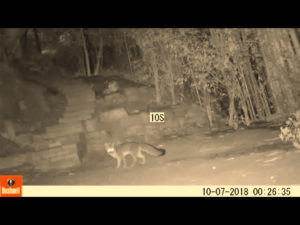
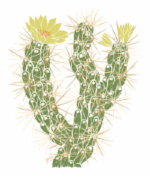
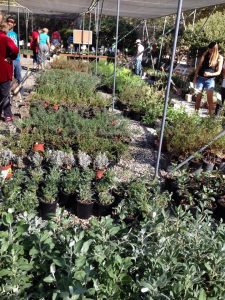
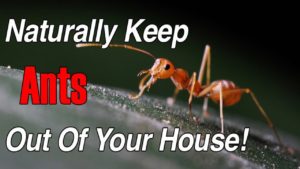



 plumage all over. Both sexes, though, have a dark blue-black band of feathers, bordered by white, on their wings.
plumage all over. Both sexes, though, have a dark blue-black band of feathers, bordered by white, on their wings.


 On September 30, 2017 3:20 AM, Moses Sherman, aka P22 was caught wandering in the 3000 block of Beachwood Drive of the Hollywoodland residential area adjacent to HGP . Archives from the HOA indicate he is not the first puma in Hollywoodland with sightings in the 1960’s, 1990’s and early 2000’s
On September 30, 2017 3:20 AM, Moses Sherman, aka P22 was caught wandering in the 3000 block of Beachwood Drive of the Hollywoodland residential area adjacent to HGP . Archives from the HOA indicate he is not the first puma in Hollywoodland with sightings in the 1960’s, 1990’s and early 2000’s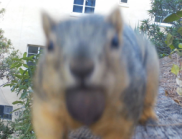
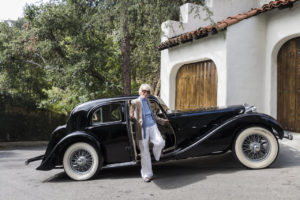





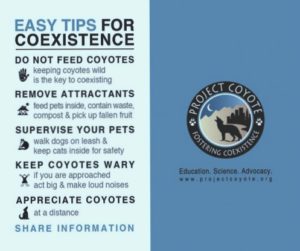 A similar incident happened when a property owner unloaded his car, turned his back and saw a coyote snatch a doggie bag with a steak from Musso and Franks. Please be on the alert for these animal thieves The description of the culprit is the same: healthily bushy, bold, cocky, ear buds and a swagger.
A similar incident happened when a property owner unloaded his car, turned his back and saw a coyote snatch a doggie bag with a steak from Musso and Franks. Please be on the alert for these animal thieves The description of the culprit is the same: healthily bushy, bold, cocky, ear buds and a swagger.